12 Popular TV Shows That Improved After Their First Season
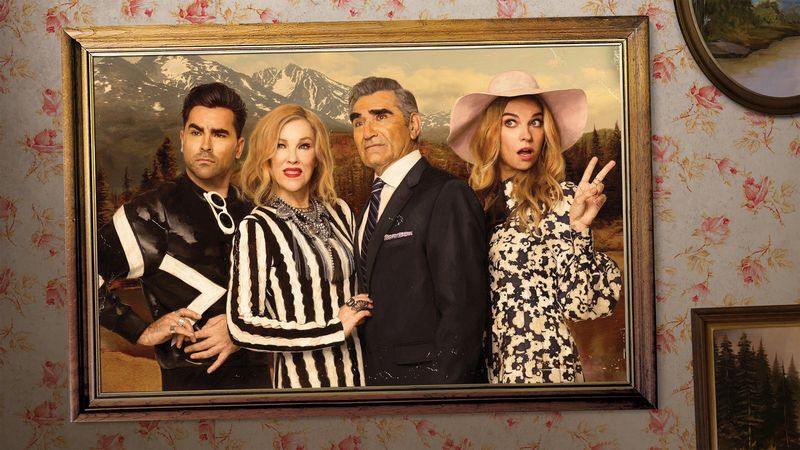
Ever watched a TV show and thought the first season was just okay, but then it suddenly got amazing? Many of our favorite series took time to find their groove. Sometimes writers need a season to understand their characters, networks might increase budgets after initial success, or creators simply learn from early mistakes. These twelve popular shows started with wobbly first steps but evolved into some of the most beloved television of all time.
1. Parks and Recreation
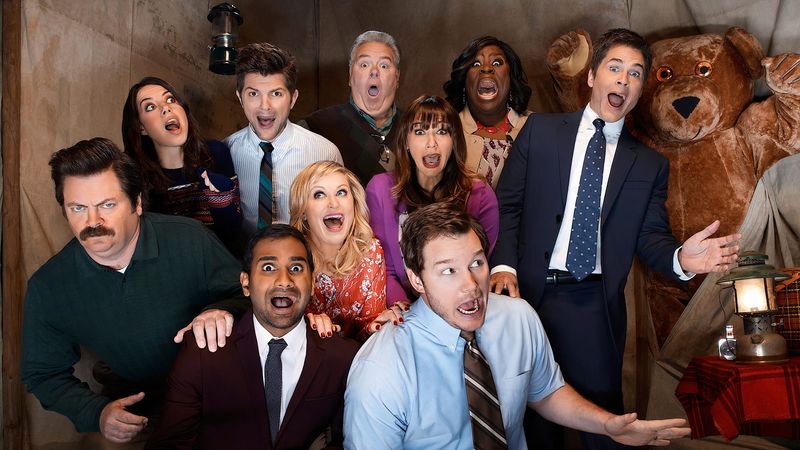
Leslie Knope wasn’t always the waffle-loving, binder-organizing force of nature we came to adore. Season one portrayed her as an awkward, Michael Scott-like character in a mockumentary that felt too much like an Office copycat. Everything changed in season two. The writers pivoted Leslie from bumbling to passionately competent, while still maintaining her endearing quirks. Supporting characters like Ron Swanson and Andy Dwyer found their unique voices instead of just being office stereotypes. The transformation was so dramatic that many fans recommend new viewers skip straight to season two. What began as a political satire evolved into a warm-hearted celebration of friendship, public service, and the power of determined optimism.
2. The Office (U.S.)
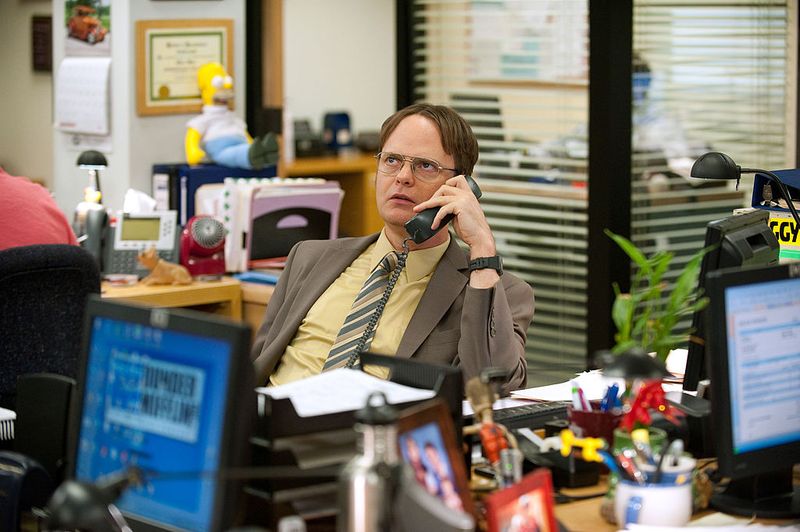
Remember when Michael Scott was just a mean boss? The first six episodes of the American version of The Office struggled to find their own identity, borrowing heavily from the British original with cringe humor that often felt more uncomfortable than funny. Season two saw the show blossom into something special. Michael Scott evolved from a one-dimensional jerk into a well-intentioned but socially clueless leader who genuinely cared about his employees. The supporting cast developed beyond simple office stereotypes. Most importantly, the writers embraced a distinctly American optimism that separated it from its British counterpart. The Jim and Pam romance became the heart of the show, giving viewers something genuine to root for amid the workplace absurdity.
3. Buffy the Vampire Slayer
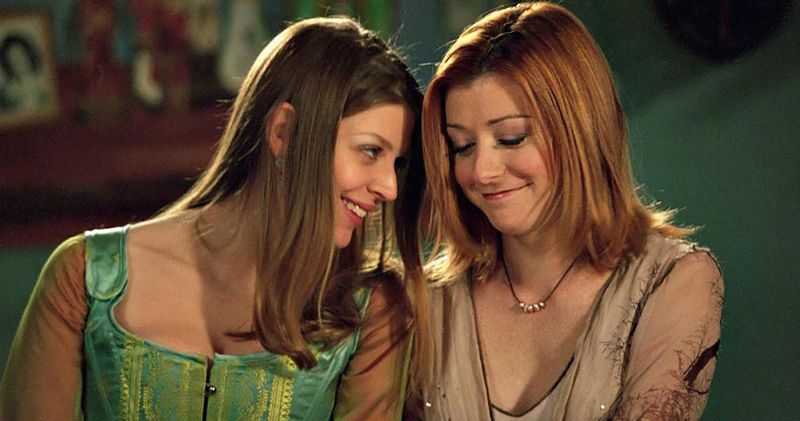
Wooden stakes, cheesy monsters, and budget constraints plagued Buffy’s freshman year. The first season featured a high school girl discovering her destiny as a vampire slayer, but lacked the emotional depth that would later define the series. Creator Joss Whedon hit his stride in season two by embracing serialized storytelling over monster-of-the-week formats. The Angel/Angelus storyline delivered genuine heartbreak as Buffy was forced to kill her lover to save the world. Secondary characters like Willow, Xander, and Cordelia grew beyond their initial stereotypes. The show’s unique blend of horror, comedy, and coming-of-age drama finally clicked. What started as a campy teen show transformed into a groundbreaking series that used supernatural threats as metaphors for real teenage struggles.
4. Star Trek: The Next Generation
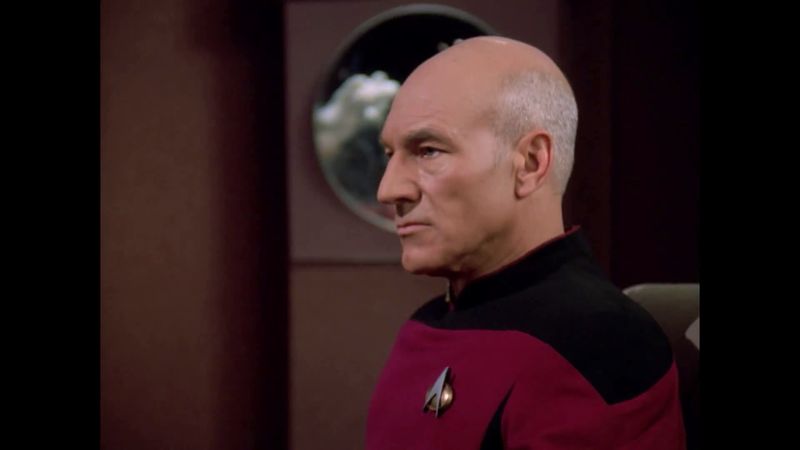
Captain Picard’s earliest voyages were rough sailing indeed! Season one suffered from stiff acting, clunky dialogue, and bizarre creative choices (remember those awkward skant uniforms?). Even Patrick Stewart seemed uncomfortable in the role that would later define his career. The departure of creator Gene Roddenberry from day-to-day operations allowed the show to evolve dramatically. Characters developed authentic relationships, the writing tackled more complex moral dilemmas, and the production values improved significantly. By season three, The Next Generation had found its warp speed. Episodes like “The Best of Both Worlds” revolutionized television sci-fi with cinematic quality and emotional depth. What began as a questionable revival became the gold standard for the entire franchise, influencing decades of science fiction storytelling.
5. The X-Files
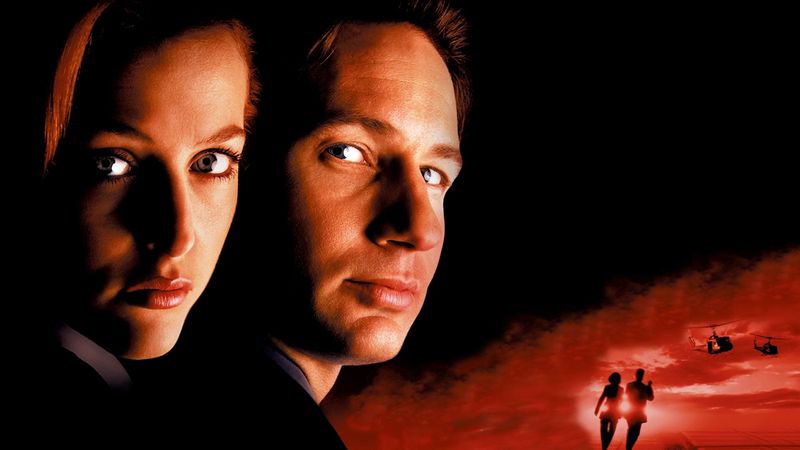
Trust no one, especially those early episodes! The X-Files began with promise but lacked consistency. While standouts like “Ice” showed potential, many season one monsters felt more silly than scary, and the mythology hadn’t yet developed its addictive complexity. Creator Chris Carter and his team found their footing in season two, perfecting the balance between standalone monster hunts and the overarching alien conspiracy. Mulder and Scully’s chemistry deepened beyond their skeptic/believer dynamic into one of television’s most compelling partnerships. The production moved from Vancouver to Los Angeles, bringing a more cinematic quality to the visuals. Episodes like “Duane Barry” and “Ascension” elevated the storytelling with genuine suspense and emotional stakes. The truth was out there all along—it just needed time to fully materialize.
6. Agents of S.H.I.E.L.D.
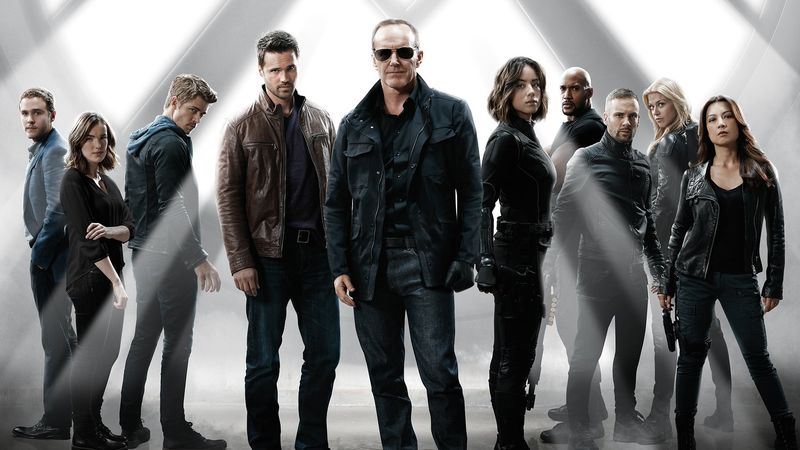
Marvel’s first TV venture started with a serious identity crisis. Early episodes felt like generic procedurals with occasional superhero references—a “monster of the week” format that failed to capture the magic of the Marvel Cinematic Universe. Everything changed midway through season one when Captain America: The Winter Soldier hit theaters. The film’s revelation that HYDRA had infiltrated S.H.I.E.L.D. completely transformed the show overnight. Suddenly, trusted teammates became enemies, and the stakes skyrocketed. The writing team embraced serialized storytelling with complex character arcs and genuine consequences. Agent Ward’s betrayal provided emotional depth previously missing. By season two, the show had found its rhythm with super-powered storylines, spy thriller elements, and meaningful connections to the larger Marvel universe.
7. Seinfeld
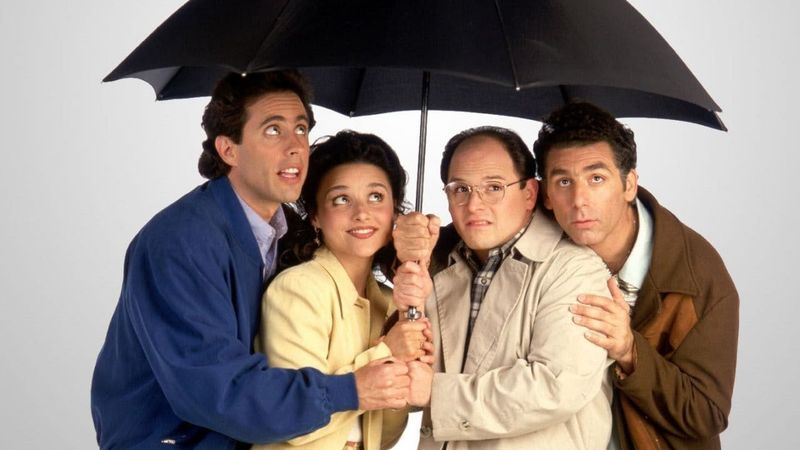
Hard to believe television’s most influential sitcom almost didn’t survive its first season! The initial five-episode run of Seinfeld (then called “The Seinfeld Chronicles”) featured a completely different actress playing Elaine and lacked the sharp observational humor that would become its trademark. NBC reluctantly ordered four more episodes, which creators Jerry Seinfeld and Larry David used to refine their “show about nothing” concept. The characters’ neurotic personalities became more defined, and the plots began focusing on life’s trivial annoyances rather than typical sitcom scenarios. By season two, the show had found its unique voice. The addition of iconic supporting characters like Newman and the introduction of now-famous concepts like “The Contest” cemented its place in comedy history. What began as an awkward experiment evolved into a cultural phenomenon that changed television comedy forever.
8. Schitt’s Creek
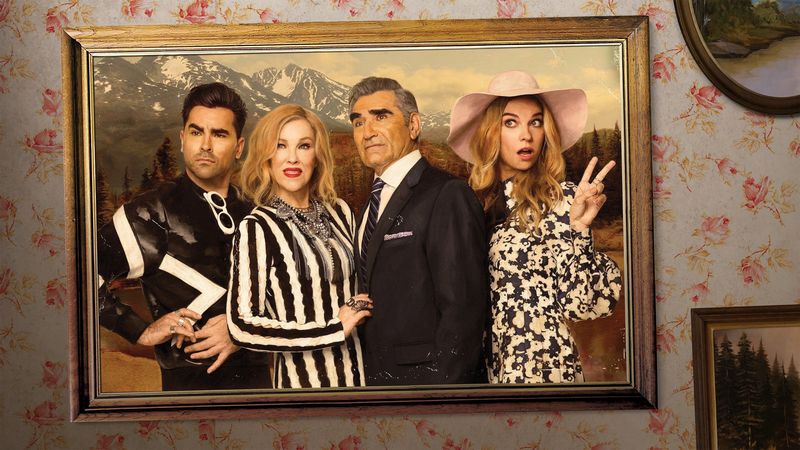
From modest Canadian beginnings to Emmy-sweeping phenomenon! Season one introduced the formerly wealthy Rose family forced to live in a small town they once purchased as a joke. While the premise had potential, the early episodes relied heavily on fish-out-of-water humor and occasionally mean-spirited jokes. Creator Dan Levy made a crucial adjustment going forward—he stopped punishing the Roses for their privilege and started exploring their growth. Alexis evolved from a one-note socialite into a resilient entrepreneur. David’s romance with Patrick provided unexpected emotional depth. The writing shifted from mocking small-town life to celebrating its community spirit. By the final seasons, Schitt’s Creek had transformed into a heartwarming story about family and personal growth without losing its sharp wit. This evolution from niche comedy to beloved sensation proves sometimes the best shows need time to reveal their true hearts.
9. Breaking Bad
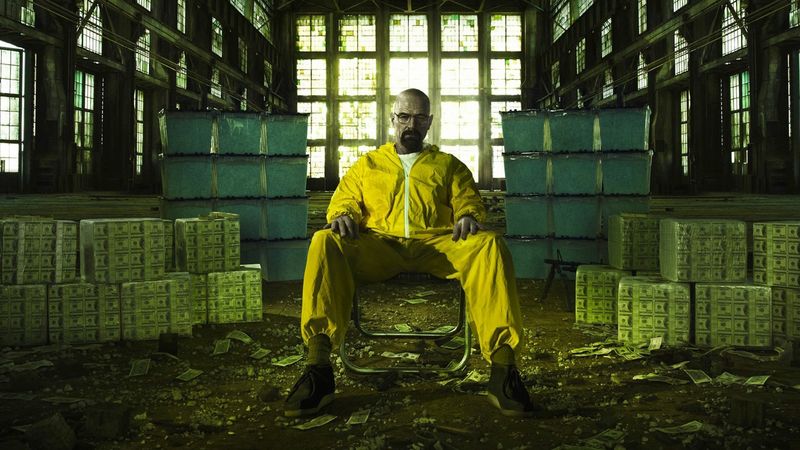
Walter White’s transformation from mild-mannered chemistry teacher to methamphetamine kingpin wasn’t the only dramatic evolution in Breaking Bad. The show’s first season, shortened to just seven episodes by the 2007 writers’ strike, showed tremendous potential but hadn’t yet found its distinctive visual style or pacing. Creator Vince Gilligan and his team used the production break to refine their approach. The cinematography became more experimental, with unique camera angles and time-lapse sequences that captured New Mexico’s stark beauty. The writing grew increasingly confident, balancing tension with dark humor. Most importantly, the character development deepened significantly. Walter’s moral decay became more nuanced, while supporting characters like Jesse Pinkman evolved from stereotypical drug dealers into complex, sympathetic figures. What began as a compelling premise became a masterclass in serialized storytelling.
10. Fringe

J.J. Abrams’ sci-fi thriller initially seemed like just another X-Files imitator. Early episodes followed a predictable formula: FBI agent Olivia Dunham and eccentric scientist Walter Bishop investigate bizarre scientific phenomena with little overall connection. Everything changed when the writers embraced the parallel universe concept. What had been a procedural suddenly expanded into a rich mythology about alternate realities, doppelgängers, and a potential interdimensional war. John Noble’s performance as Walter Bishop evolved from simple mad scientist tropes into one of television’s most complex character studies. The visual storytelling became more ambitious, using subtle color schemes to distinguish between universes. By season three, Fringe had transformed from a monster-of-the-week format into a boldly serialized narrative that rewarded attentive viewers. Sometimes the most fascinating evolutions happen across dimensions!
11. The Simpsons
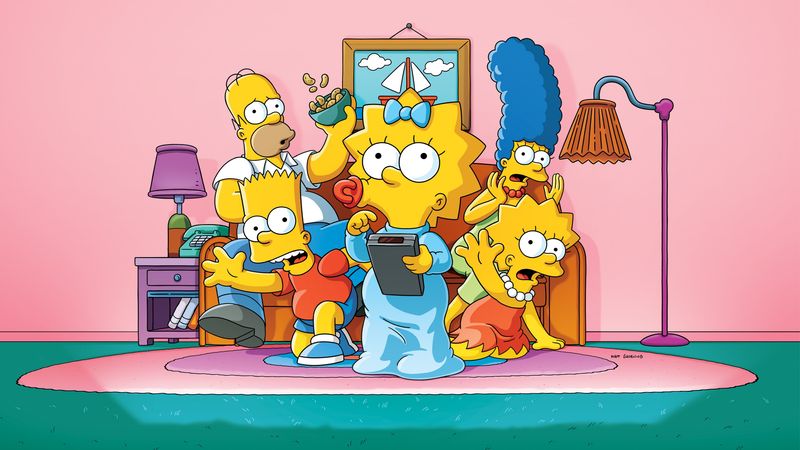
America’s favorite yellow family didn’t spring fully formed from Matt Groening’s imagination. Season one featured cruder animation, with characters moving awkwardly and inconsistently. Homer sounded different—more Walter Matthau than the lovable oaf we know today. The writing focused heavily on Bart as the troublemaker, with Homer playing a more conventional stern father role. The humor often felt mean-spirited rather than cleverly satirical. Springfield hadn’t yet developed into the rich community of memorable supporting characters. Season two saw dramatic improvements across the board. The animation became more fluid and expressive. Homer evolved into the lovable, donut-obsessed dad we recognize. Most importantly, the writing found its sweet spot—balancing family dynamics with sharp social commentary. Episodes like “Lisa’s Substitute” demonstrated the show could deliver genuine emotional moments alongside the laughs.
12. 30 Rock
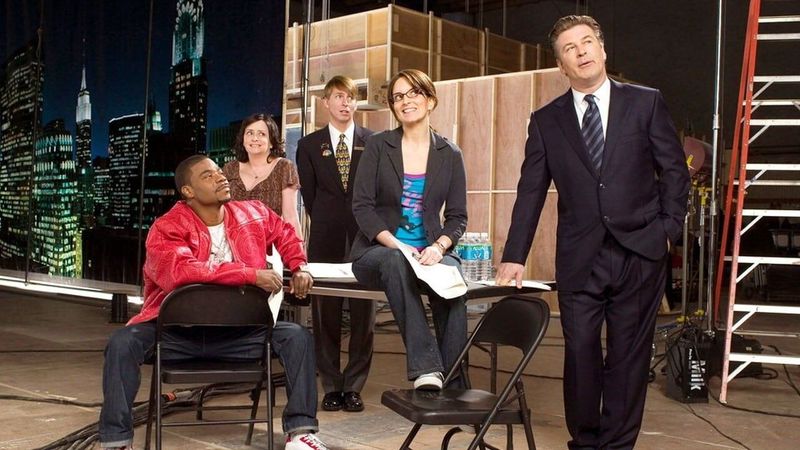
Tina Fey’s behind-the-scenes comedy about a sketch show writer struggled to find its footing initially. The pilot episode introduced Liz Lemon and her boss Jack Donaghy, but the supporting characters felt underdeveloped, and the jokes often missed their mark. NBC nearly canceled the show despite its critical acclaim. Thankfully, executives gave it time to grow. The writers sharpened the rapid-fire joke delivery that would become the show’s hallmark. Tracy Jordan and Jenna Maroney evolved from one-note caricatures into hilariously specific, delusional performers. Most significantly, the relationship between Liz and Jack transformed from antagonistic to a complex mentor-mentee dynamic that anchored the series. The show embraced its absurdist tendencies while maintaining emotional authenticity. By season two, 30 Rock had found its voice as one of television’s most densely packed comedy machines.

Comments
Loading…